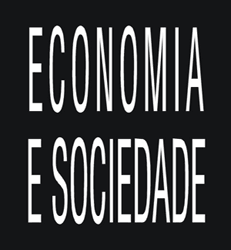Abstract
The incidence of sharp rises/falls in financial asset prices is a recurrent event in capitalism history. For Post Keynesian theory, the very nature of financial markets tends to be the cause of financial crises, and not some exogenous incident. Harvey (2010) presents a schematic model that explains the endogenous causes of financial crises, involving the credit market, financial assets and foreign currencies. In this paper, we present a formal mathematical model based on Harvey's work to analyze financial crises caused by distortions in asset markets. The model presents a contribution in order to formalize the relations between speculation, agents' humor and their level of confidence. The model also deals with the relationship between asset prices and the real economy, considering their mutual feedback. The results are completely in alignment with Keynes and Post Keynesian propositions about financial crises and asset markets.
Keywords:
Keynes; Asset markets; Financial crises; Macroeconomics; Post-Keynesian economics

 Fonte: Harvey (2010).
Fonte: Harvey (2010).
 Fonte: Elaboração própria.
Fonte: Elaboração própria.
 Fonte: Elaboração própria.
Fonte: Elaboração própria.
 Fonte: Elaboração própria.
Fonte: Elaboração própria.
 Fonte: Elaboração própria.
Fonte: Elaboração própria.
 Fonte: Elaboração própria.
Fonte: Elaboração própria.
 Fonte: Elaboração própria.
Fonte: Elaboração própria.
 Fonte: Borio (2012), citando Drehmann et al. (2012)
Fonte: Borio (2012), citando Drehmann et al. (2012)

















